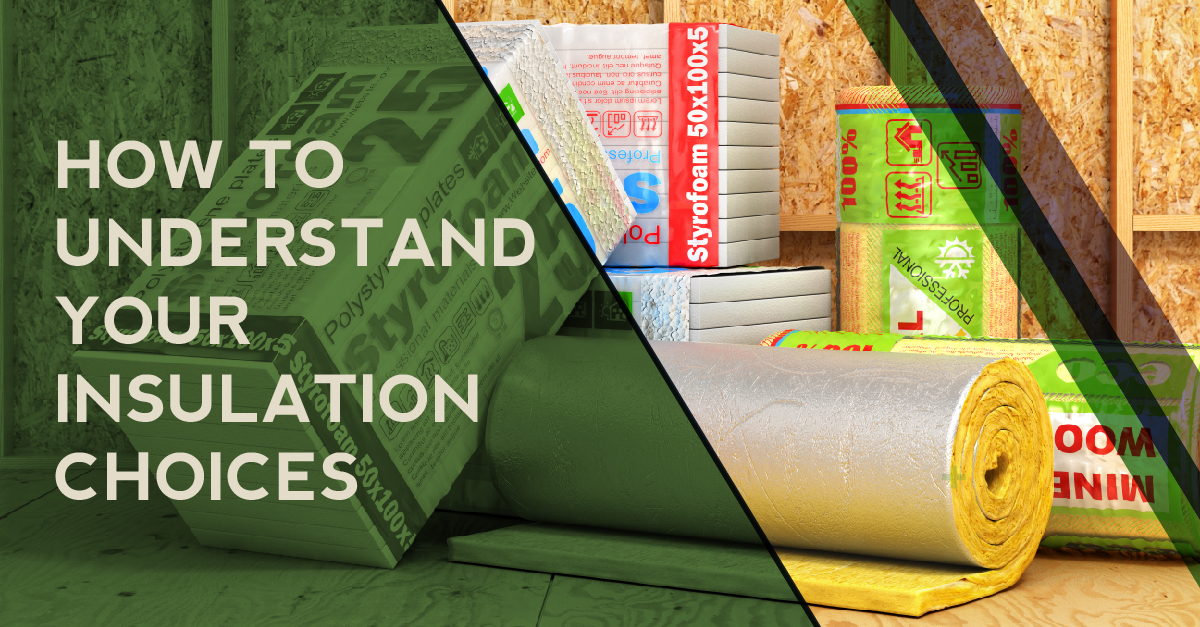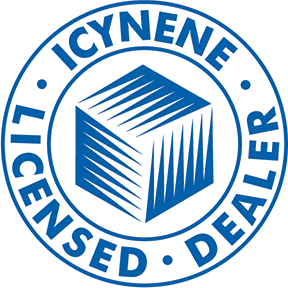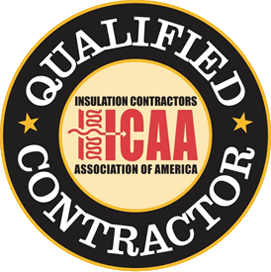Upgrading the insulation in your home is one great way to reduce your heating and cooling costs and increase your comfort.
In order to figure out how much insulation you have, call an expert for a measurement. Then figure out what type of insulation you want to add in order to reach your goals. Here are some options to consider.
Fiberglass Batts and Blankets
You can get this widely available material with standard widths and thicknesses. It fits well between rafters, studs, and joints. While this is something you can install yourself, it isn’t the easiest to install and won’t address the air leakage issues which may be in play.
Loose Fill Cellulose
This material has the benefit of being a more green material. The fibers can fill in walls and ceilings or attic floors and other hard to reach places but settles quickly in ceilings causing it to lose its R value quickly.
Loose Fill Fiberglass
This lightweight material works great in attics. It can be blown into the attic and you can save time and energy by hiring a pro to install it for you. Since it does not settle the R value will not deteriorate over time. It is also a green product as 65% of the glass is recycled.
Why Choose One Over the Other?
When adding insulation to an existing home, loose fill fiberglass will be your best choice. A professional contractor can blow this in faster than it would be for them, or you, to install batts or blankets. Existing insulation will not need to be disturbed, which adds to your savings. It offers greater coverage to the nooks and crannies needing protection.
Choices Change When Building a Home
Yes, they can! When building your new home, batts can also go in the walls and ceiling, but to upgrade, loose fill fiberglass or cellulose can give greater R value for your walls. Wet loose fill cellulose won’t settle because it has a binding agent which keeps it from degrading and losing R value. Loose fill fiberglass is still recommended for ceilings and your new attic. The best option for new homes is spray foam insulation, which is best for new homes versus adding to existing homes.
If you need further insulation in your home to reach the proper level of energy efficiency, you have to be able to budget for the project. What will it cost you? And on the other side, what will you save? Here are a few things to help you understand insulation costs.
Figure Out What You Have
The first step in getting additional insulation added to your home is to figure out what type of insulation you already have. That will dictate some of the variations on what you need. Some insulations play nicer with each other than others. When you know what you have, you’ll be able to narrow down the options.
Removal Or Addition
While some homes might simply need additional insulation, the age of your current insulation may require it to be completely removed and replaced. Those two projects are very different in cost so you will want to know which umbrella you fall under before you start pricing insulation.
Possible Damages
There are a few reasons you may need to remove your old insulation. Perhaps it got wet and started to grow mold. This could also mean there’s structural damage to be addressed first. Maybe the roof needs repairs, which should be addressed first to limit any possible damage to the insulation.
Personal Preferences
If a previous home had a certain kind of insulation which was particularly liked for the comfort and protection it offered, you may decide on that type again. There could also be a type of insulation you did not enjoy previously, which would cause you to steer away from it.
Installation Ease
Weigh your options with care and think about everything, including installation ease. If the insulation is easy to install, the completed project may cost less. However, this doesn’t always mean it’s the best option. Make sure you get quality above ease. You can always have professionals do the job for you and you won’t have to worry about how easy or hard it is.
Millers is here to help you with any insulation needs and questions you have. We’ll inspect what you have and recommend options for additions and can provide recommendations for remediation professionals if a complete replacement is necessary. We want your home to be as protected and efficient as possible.











